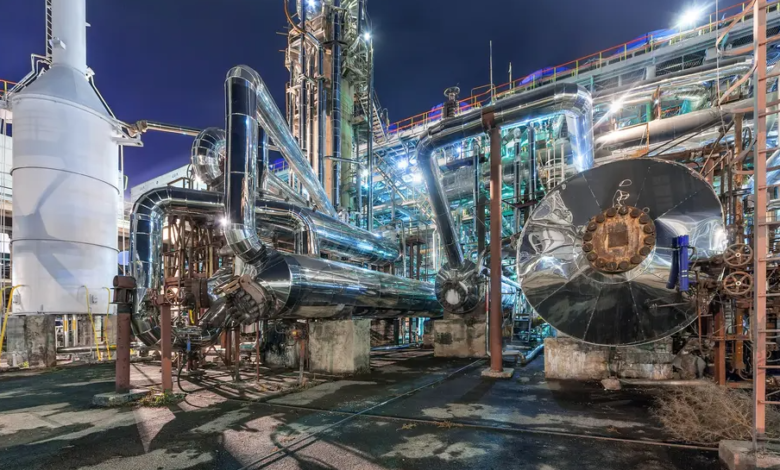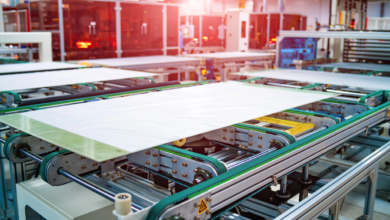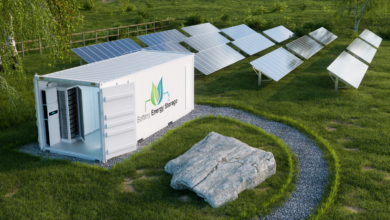Offshore wind and green ammonia the winners of the CEF call
(sustainabilityenvironment.com) – Italy, Spain and the Netherlands will collaborate to create the first cross-border value chain of green ammonia. The European Commission has made this known by publishing the winners of the new CEF 2022 Energy call. To share the 22.1 million euros of funding put in tender are for the accuracy of study projects: ELWIND, Estonian-Latvian initiative to build a hybrid offshore wind system; and CICERONEGreenNH3stud, an infrastructure study dedicated to green ammonia.
What is green ammonia?
“Green ammonia” is the global label used to indicate a process of production of nitrogen trihydride (NH3) with zero emissions and powered only (or partially) by renewable energy.
As many know, ammonia is a gas with a particularly pungent smell, mostly used to produce agricultural fertilizers. But a smaller share is also used in the manufacture of plastics, synthetic fibres, drugs or refrigerants. In other words, it is an essential compound for modern society, and its synthesis essentially requires two elements: nitrogen and hydrogen. If the former is obtained by air fractionation, the latter is still today mostly linked to the syngas or the separation from coke oven gases. “Green ammonia” is a new and sustainable way to lower overall emissions. The synthesis process is always the same but hydrogen is obtained by the electrolysis of water feeds from renewable energies.
NH3 green, in addition to traditional industry
But interest in green ammonia is not limited to existing applications. This gas, in fact, can be used as an energy carrier of hydrogen and the fact that it already has an active industry that produces, stores and trades millions of tons of NH3 every year, means that it already has a solid infrastructure.
Obviously there are problems. Starting with the much higher costs in the green version. According to a recent study, the current cost of green ammonia from an integrated plant of “renewable-hydrogen-ammonia” would be above 900 $ per ton.
CICERONEGreenNH3stud
The CICERONEGreenNH3stud project, led by Iberdrola, will receive €3.4 million in European funding to launch a comprehensive study on the construction of an infrastructure of renewable energy sources, electrolyzer and green ammonia. The work will consider the necessary environmental assessment, market study and engineering design, taking care of all required surveys, preliminary assessment and regulatory compliance requirements.
The idea is to create independent but highly interconnected infrastructure resources located in different EU Member States. In detail to achieve the development of a European cross-border value chain, the CICERONE project aims to install over 800 MW of renewable energy (mainly photovoltaic) in Spain and Italy, a 120 MW ammonia plant in Spain and an ammonia terminal and cracking plant in Rotterdam.
The overall objective of this project is to contribute to the decarbonisation of relevant industrial areas and the creation of a competitive green energy market.






